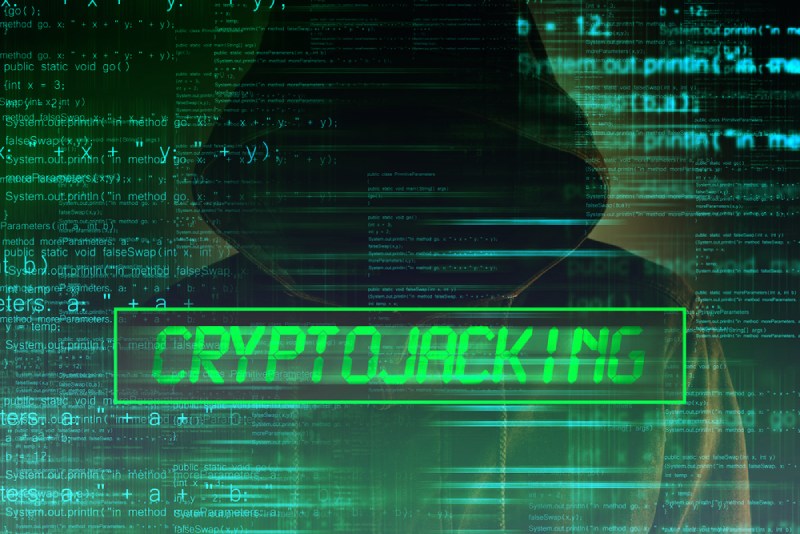One of the fastest-growing threats during the last few years is cryptojacking. It is the illegal use of a user’s gadget to mine cryptocurrency. Basically, hackers use various malware types to hack desktops. The user may notice a slightly slowing work of his device, but he or she is unlikely to think that the reason is a cryptojacking attempt. One of the most common ways is to control the victim’s device CPU or GPU (main and video card processors). This can be done by visiting a website infected with cryptocurrency mining malware.
However, using a reliable antivirus solution allows for avoiding any cryptojacking attacks. One of the Webroot reviews for Mac 2020 by Harry Brown confirms that some programs may protect you. The antivirus program detects them and immediately informs the user about their presence. However, as cryptojacking is still developing, users should know why they should be careful and why.
Cryptojacking Attacks in 2020
These attacks could have severe consequences for enterprises and companies. The most obvious implications are theft of processor resources. This may slow down systems and networks, exposing the corporate structure as a whole to grave danger. Additionally, after the company has been infected with cryptojacking malware, it is quite possible that fixing this problem will require a lot of time and money.
Intensive mining of cryptocurrencies can also have financial implications for companies. The increased use of IT resources means increasing power consumption, and this leads to increased energy costs. Also, cryptojacking can harm corporate devices. If mining takes place for a long time, then the devices and their internal components (processors, batteries, etc.) often experience excessive stress and overheating, reducing these devices’ service life.
Supercomputers in Europe were cryptojacked
In the middle of May 2020, media reported infections of several supercomputers in Europe were infected, contemplating malware attacks for mining the Monero cryptocurrency. The first to announce the malware detection was the University of Edinburgh owning ARCHER supercomputer. Based on sysadmins, they discovered something suspicious on the login nodes. The users’ access to the supercomputer was suspended immediately after, and all existing access passwords were canceled.
On the same day, the German bwHPC operating supercomputers in the Baden-Württemberg region of Germany detected the suspicious activity. Specialists registered attacks on five systems located at the University of Stuttgart, the Karlsruhe Institute of Technology, the University of Ulm, and the University of Tübingen. As a result, all the systems had to stop their operation, which affected education.
Also read: Why Ethical Hacking Is Necessary
Microsoft SQL Servers have been attacked
In September 2020, a MrbMiner virus used to mine cryptocurrencies attacked Microsoft SQL Server (MSSQL) systems. The security researchers noticed that although the virus infects only Windows servers with Microsoft SQL databases, the botnet control server has versions for Linux and ARM processors based systems.
After examining the wallets where the mined coins were transferred, analysts declared that about 7 Monero coins (over $600) are stored on the Windows version’s wallet. Interestingly, approximately half that rate refers to the store on the wallet for the Linux version. However, hackers usually use many wallets, so the total amount of mined is still unknown and can be much higher. The botnet spreads exclusively by searching MSSQL servers on the net. After finding the target, a brute force attack is performed, repeatedly trying to use an administrator account with weak passwords.
Intel Threat Detection solution
At the same time, significant tech companies tried to react to the emerging popularity of this malicious technique. In this regard, Intel and BlackBerry announced a collaborative system that protects commercial devices and networks from cryptojacking malware in late summer. The solution was named BlackBerry Optics and is based on Intel Threat Detection technology. Notably, about 10% of enterprises detected cryptocurrency mining malware in 2019.
The companies believe that as cybercriminals use more sophisticated tactics to deceive conventional antivirus tools and solutions, it is more critical than ever to use special built-in security features. The BlackBerry system is powered by the built-in Intel vPro for a business platform backed by the Intel Hardware Shield and applies all these benefits to provide enhanced security.





